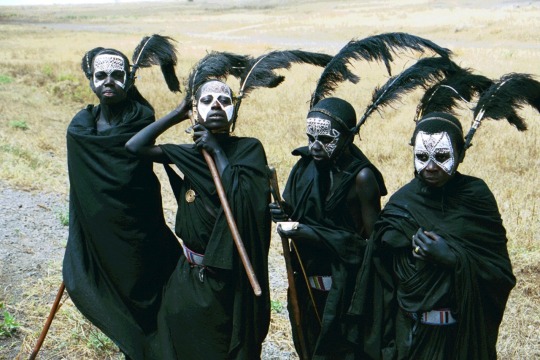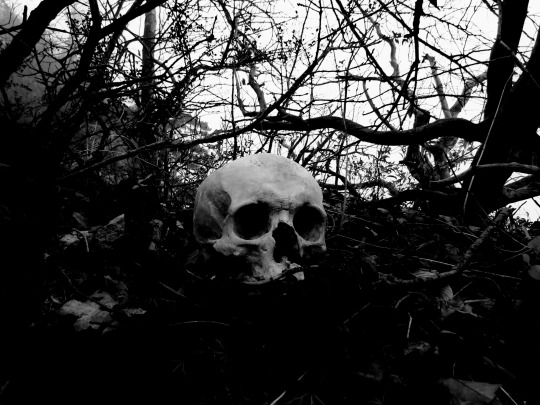Don't wanna be here? Send us removal request.
Text
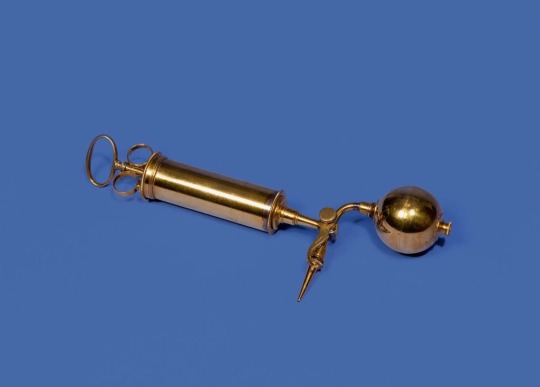
Tobacco Enema Pipe, c.1860s. Courtesy Thackray Museum of Medicine
Dating from the 1860s this tobacco enema pipe is a literal tool to “blow smoke up one’s arse.” Tobacco is a stimulant and its warmth and stimulation was initially used in western medicine to treat “apparent death”, for example when someone had drowned, as a method of revival.
By the time this pipe was produced the practice of reviving drowned people with smoke in their rectum had passed, so this one was more likely used to treat hernias, constipation or convulsions.
Museum Crush
246 notes
·
View notes
Text

The Dance of Death
Anonymous, German (16th century)
1K notes
·
View notes
Text


3 notes
·
View notes
Photo
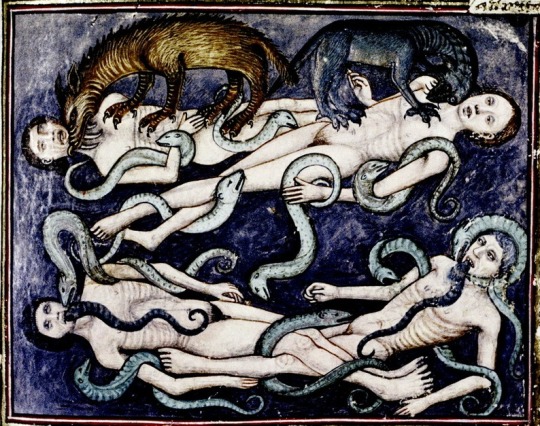
The book of our Lord’s vineyard France ca. 1450-1470. Bodleian, MS. Douce 134
3K notes
·
View notes
Text

A gas station in Toronto refusing to gas Lada cars to protest the Soviet Invasion of Afghanistan (1980)
46 notes
·
View notes
Text

A French and British soldier helping the other light their cigarette during WWI in 1915
2K notes
·
View notes
Text
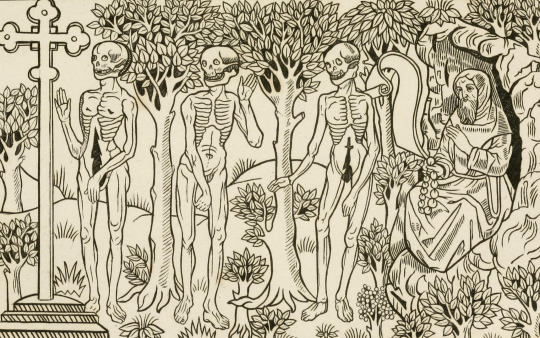

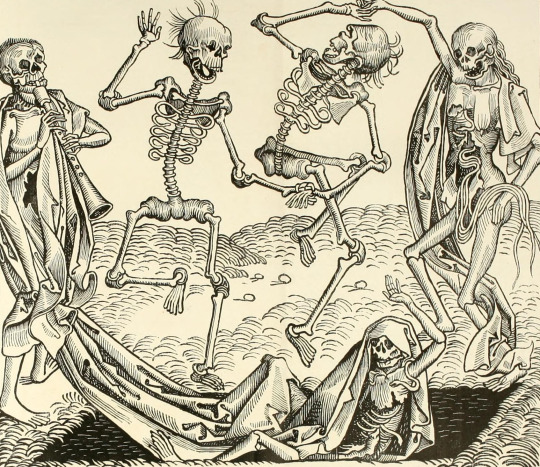
Dead and loving it...
Eustache-Hyacinthe Langlois & Louise Marguerite Espérance Langlois - Illustrations from 'Essai historique, philosophique et pittoresque sur les danses des morts,' 1852.
source
2K notes
·
View notes
Text

The Dance of Death
German, 18th century
"The Dance of Death originates in mediaeval plays and folk rituals performed on the Feast of the Holy Innocents (28 December), and in funeral sermons. In the most popular version, Death (in the form of a skeleton) dances in succession with people representing particular social ranks (Pope, emperor, king, lawyer, peasant, etc.) and takes away each in turn, demonstrating that nobody however exalted in this life, can escape death. Conversely, nobody, however humble in this life, is in the end worse off than the rich and mighty"
source
194 notes
·
View notes
Text
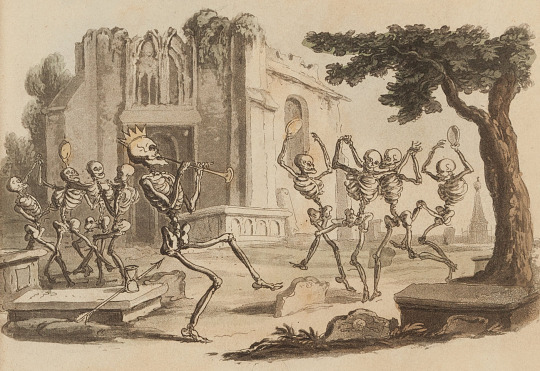
Thomas Rowlandson - The English Dance of Death, 1815
286 notes
·
View notes


